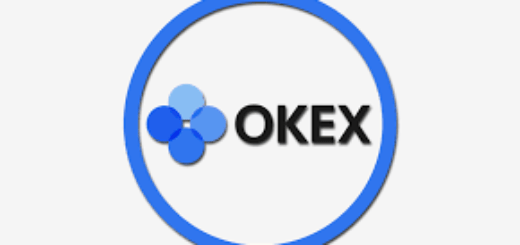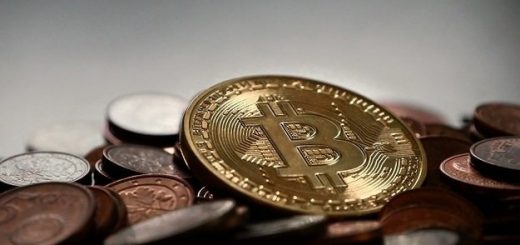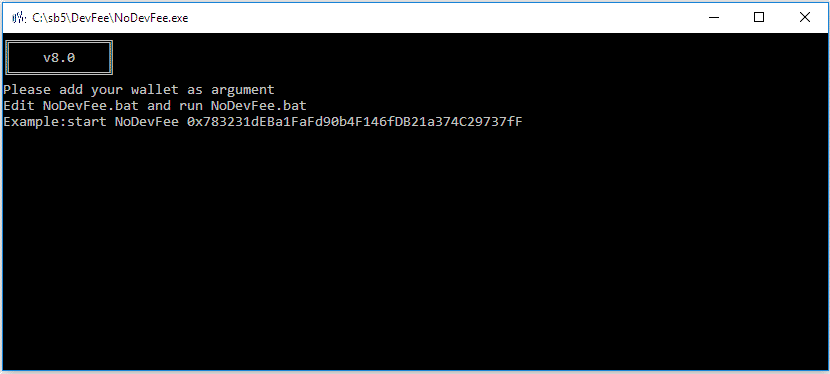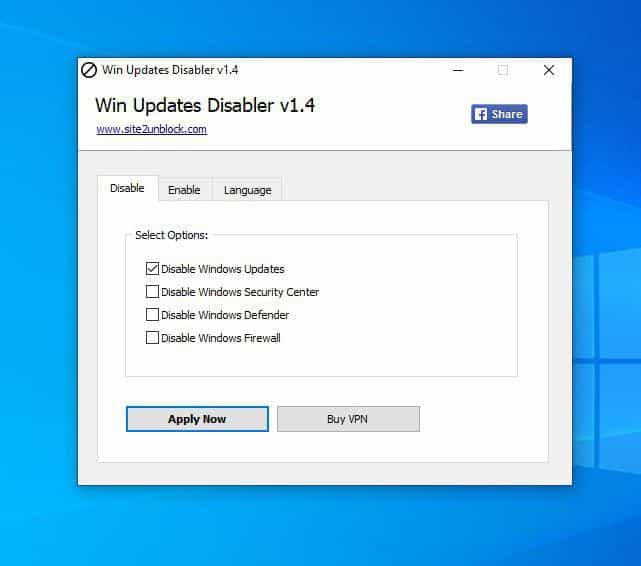Understanding Cryptocurrencies With Limited Supply
Understanding what ‘supply’ means
The specific cryptocurrency supply refers to the total number of coins in circulation. Three main terms related to supply:
The fixed (or maximum) supply is the total number of coins that can be circulated.
The total supply is the number of coins currently mined (including lost coins that are no longer in circulation or lost).
The supply in circulation refers to the total number of coins in circulation.
There is a close relationship between the current value of cryptocurrencies and turnover.
Calculated by market value, Bitcoin is by far the largest cryptocurrency in the world, with a fixed maximum supply of 21 million.
Bitcoin mining rewards are reduced by 50% every four years. Bitcoin halving is referred to as an event of new Bitcoin entering circulation following the halving of block rewards.
Banking on fixed supply: What it means to investors
Buying a fixed/limited supply of cryptocurrency is an effective way to profit from future value.
When dealing with cryptocurrencies with a limited supply, price increases are almost always guaranteed.
Investors understand the importance of high demand and low supply. Although they have invested heavily in these assets, the total supply does not always meet the growing demand.
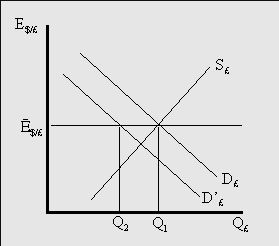
Investing in cryptocurrencies with a fixed supply
Simply choosing a fixed supply of cryptocurrency does not guarantee your profits. There are several additional factors to consider:
The demand for cryptocurrencies should continue to grow.
Second, you must consider the time it takes for the cryptocurrency to be out of stock. Therefore, the tokens you want to invest must have a possible halving cycle.
For example, the Bitcoin halving is expected to last until 2140.
This means that miners will receive some mining rewards before then. Of course, the amount will be less than what they get now.
Prior to this, miners adding new coins as block rewards will control the price. According to this logic, by 2140, the value of Bitcoin will be exceptionally high.
Examples of cryptocurrencies with a fixed supply
1. Numeraire (NMR)
Numeraire is a hedge fund, and predictive trading algorithm crowdsourcing has weekly competitions.
Numeraire changed the definition of predictive model construction, holding weekly tournaments to provide compensation for data analysts who develop efficient trading models. Data scientists present predictive models based on data sets shared with others. They are rewarded based on the accuracy of the provided model and the number of Numeraire (NMR) tokens provided.
2. DASH
Dash was launched in 2014 and was originally called Xcoin. After changing its name to Dark Coin, it was renamed Dash in March 2015. It was originally designed to ensure the privacy and anonymity of users. In a white paper co-authored with Evan Duffield and Daniel Diaz, Cryptocurrency described it as a privacy-conscious cryptocurrency based on the work of Bitcoin founder Satoshi Nakamoto.
Although it still contains strong encryption features, the company has since changed its ambitions. Dash’s current goal is to become a medium for daily transactions, as a digital currency that can be used as cash, credit card, or through PayPal. Dash is an open source project that includes a decentralized payment network.
In August 2021, Dash will become the world’s 50th largest cryptocurrency (US$2.6 billion) in terms of market value. The price of the Dash cryptocurrency is $251.68.
3. Kusama (KSM)
Kusama (KSM) is an original, experimental, and ownership verification network based on the Polkadot code base and serves as a testnet for the Polkadot Ecosystem (DOT). Kusama ensures the security of Polkadot by acting as a warning system for any issues or updates that may threaten the stability of the network. As long as it is supported by the community, the Kusama network will continue to exist, making it one of the best spaces for new high-risk projects and investments.
Kusama (KSM) is Polkadot’s public pre-production environment, running on the early unaudited version of the Polkadot blockchain. Kusama acts as a sandbox, allowing any developer to test an earlier version of the Polkadot project in a real, real environment. Since Kusama acts as the “Canary Network”, thorough testing and verification of major updates and code releases before publishing to Polkadot is an important part of the DOT ecosystem.
The network’s own cryptocurrency KSM is not an ERC20 token, because Kusama uses its own blockchain technology to manage the network. Kusama has its own token for several reasons: it must be used to manage the network, used to operate on the network, the chain must be connected to Kusama as a parachain, and serve as a service token for network users.
4. Compound Finance (COMP)
Compound is software supported by Ethereum, designed to incentivize distributed computer networks to operate in traditional currency markets.
As one of the newer Decentralized Finance (DeFi) protocols, Compound uses a variety of encrypted assets to provide this service, allowing lending and lending without financial intermediaries such as banks.
In simple terms, Compound allows users to deposit cryptocurrency into a loan pool for borrowers to access. The lender then earns interest on the assets they deposit.
After depositing, Compound will provide the lender with a new cryptocurrency called cToken (deposit). Examples of cToken include cETH, cBAT, and cDAI.
Each cToken can be transferred or traded without restrictions, but can only be exchanged for cryptocurrencies that were initially blocked in the agreement. The entire process is automated and handled by Compound code, which means that the lender can withdraw the deposit at any time.
To stimulate this activity, Compound uses another cryptocurrency built into its service, called COMP. Every time a user interacts with the composite market (by borrowing, withdrawing or paying assets), he will receive additional COMP token rewards.
5. Gnosis (GNO)
Gnosis is an open source decentralized prediction market based on the Ethereum blockchain. Users can create markets that can speculate on any event or any result.
Using the Ethereum protocol, Gnosis can guarantee a safe and transparent ecosystem. The Gnosis agreement aims to change the paradigm by providing the world’s most effective forecasting tools and setting global standards for the forecasting market.
Gnosis provides GNO users with 3 main products that use 3 separate layers to ensure a proper user experience.
The Gnosis core layer provides basic smart contracts for the Gnosis platform. The Gnosis service level provides resources for consumer applications and is used in tools such as chatbots and stablecoins. Finally is the Gnosis application layer, which mainly contains front-end tools for specific prediction markets or selected customer groups. Some applications are developed by Gnosis, and some are third-party developers.
6. Maker (MKR)
Maker (MKR) is the management token of the MakerDAO and Maker protocols-decentralized organizations and software platforms based on the Ethereum blockchain respectively-allowing users to issue and manage DAI stablecoins.
Maker was originally conceived in 2015 and fully launched in December 2017. It is a project aimed at managing DAI. DAI is a decentralized, community-driven cryptocurrency with a stable value pegged to the U.S. dollar.
MKR tokens act as a voting share of the organization that manages DAI; although they do not pay dividends to holders, they do provide holders with a say in the development of the Maker protocol, and with the success of DAI itself , Their value is expected to rise.
Ecosystem Maker is one of the earliest projects in the Decentralized Finance (DeFi) scenario: the industry aims to build decentralized financial products based on blockchain and supported by smart contracts such as Ethereum.
7. yearn.finance (YFI)
yearn.finance is a set of protocols running on the Ethereum blockchain, allowing users to optimize their crypto asset income through lending and transaction services.
As one of many new decentralized finance (DeFi) projects, yearn.finance only uses codes to provide services and does not require financial intermediaries such as banks or custodians. To this end, he built an automatic incentive system around his YFI cryptocurrency.
Users earn YFI tokens by blocking cryptocurrency in the yearn.finance contract running on the Balancer and Curve DeFi trading platforms using the yearn.finance platform.
Therefore, yearn.finance adopts a practice commonly referred to as “crop planting”, that is, users block crypto assets in the DeFi protocol to earn more cryptocurrency. The more assets users repair on the platform, the more tokens they receive through the agreement.
Yearn.finance raised nearly US$800 million in assets in its first month of operation, making it one of the fastest growing DeFi projects to date.
Conclusion
This does not mean that an unlimited supply of cryptocurrencies has no value. For example, Ethereum has no fixed supply and is still the second largest cryptocurrency by market value.
The main idea is to understand whether a cryptocurrency with strict restrictions is more likely to maintain its value than an unlimited supply of cryptocurrencies. The final decision should be based on thorough due diligence, which includes more factors than the supply structure.
